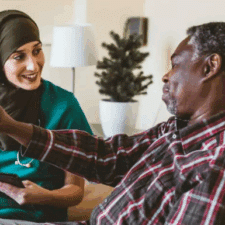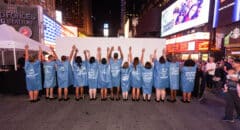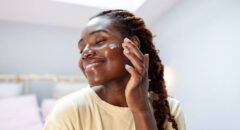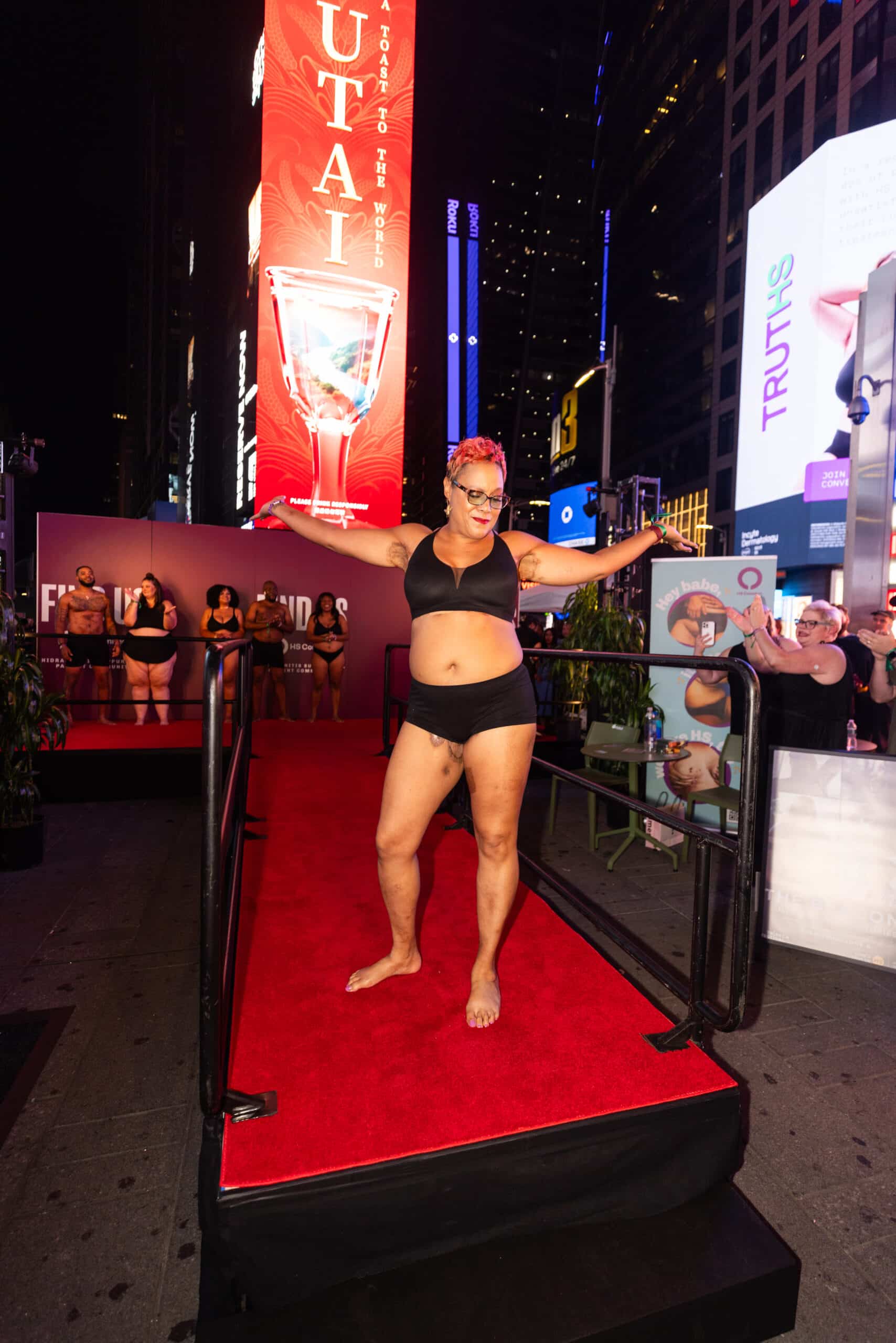
Leia’s journey with Hidradenitis Suppurativa (HS) began with a misdiagnosis, followed by a terrifying two-week period as her condition worsened dramatically before she could see a dermatologist. Looking back, she believes the subtle signs of HS may have started as early as age 12 or 13, misunderstood as typical puberty changes.
The Early Days: Misdiagnosis, Pain, and Isolation
Her official diagnosis at 18 opened the door to an unimaginable reality. The physical pain was severe, marked by multiple abscesses in intimate, unimaginable places—making even the simple act of walking a challenge.
But the toll of HS was not just physical. It was deeply social and mental.
“Even in diagnosing me appropriately, nobody could have told me the pain that I was going to endure, the classes I was going to miss, having multiple abscesses under the boobs, in the groin, every unimaginable place of intimacy, having a problem walking,” Leia tells BlackDoctor.
The condition completely changed her social life, creating an isolating experience where shame reigned. While her friends were dating, going to parties, and planning nail appointments, she was constantly hiding. Eventually, she even had to drop out of school.
“It was more than just the physical part. It was the social and mental part that ultimately took me out of school,” she shares.
RELATED: Breaking the Silence: HS Warriors Take the Runway in Times Square
Reclaiming Confidence: The Healing Power of Therapy and Photography
The turning point in Leia’s healing process came a few years ago, encouraged by her therapist to confront her fears around body image. This led to a bold investment in a boudoir photoshoot—an experience that began with fear but ended in profound self-acceptance.
The results of the photos “floored” her. The session helped her bridge the gap between knowing she was a “bad b****” and actually seeing it. It allowed her to look at herself in the mirror—fully naked, vulnerable, yet empowered.
“The photos kind of helped me bridge that gap of like looking at myself in the mirror fully and being naked and wearing lingerie…,” she adds.
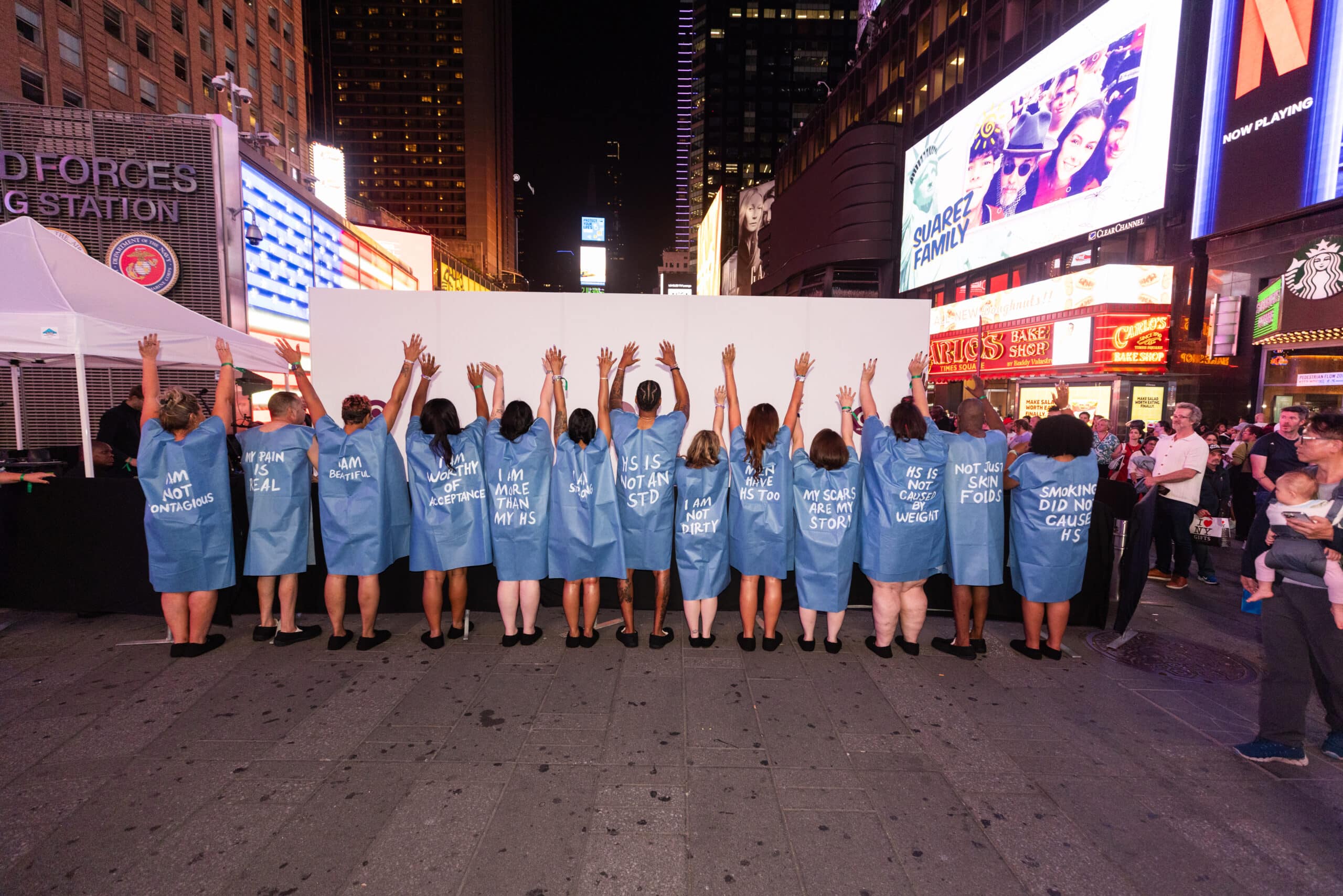
A Moment of Visibility in Times Square
Leia’s journey of self-acceptance culminated in a powerful public act of defiance and empowerment: walking in a runway show in Times Square. The event—organized by HS Connect and UCB—was designed to bring visibility to the HS community.
For Leia, the significance was massive, not only for her own healing but for every woman with HS who is “still hiding, who’s still lonely.”
Backstage, she was handed a hospital gown—a powerful symbol of the HS experience. On the back, she found a phrase that moved her to tears: “I am beautiful.”
As she prepared to walk, she thought of her 18-year-old self—the girl who had once been told something about her was “absolutely unnatural.”
“People tend to believe that because I’m pretty and because I’m strongly opinionated that I have no insecurities,” Leia says.
Now, her focus is on the women still living in silence. She knows the cyclical damage of HS: stress triggers flare-ups, while the stress of shame and embarrassment worsens the disease.
“This isn’t just about me. This is about every girl that looks like me, who’s still hiding, who’s still lonely because of the diagnosis, who still won’t even tell their family members what they’re dealing with,” she adds. “The reason I did the walk, and the reason I wanted to be a part of it, is because I want women to know, ‘It doesn’t matter if you’re 18 or you’re 46, you still need to be seen, and you’re still a whole person.’”
Leia is still riding the high from that empowering event.
“Every color, every shade, male, female, we all came out and showed ourselves… And I’m so excited because… in this community, this is the best time to have HS because there is research and there is funding, and there is management, and there is care where a lot of us didn’t have it,” she notes.

The Reality of Living with HS: Bandages and Mental Health
The event also featured the world’s largest ball of bandages—a deeply moving symbol of the daily reality for those living with HS.
Recalling her early days without guidance on wound care, Leia remembers using everything from “sanitary napkins” to “napkins” as makeshift bandages.
“…That’s literally what it looks like when you think about all the wounds that we care for, whether you’ve had HS for five years, 10 years, 25 years. That’s what it looks like, and it’s actually probably bigger,” Leia explains. “Because you’re changing bandages throughout the day. We have to carry these things with us. We have to have little kits—bandages and gauze and tape and antiseptic and witch hazel and just like a barrage of different things just to care for our wounds… It’s a lot.”
This constant management takes a tremendous mental toll. For years, Leia only wore black clothes to hide potential stains from a bursting abscess. She was always thinking about what to pack “just in case.”
She even recalls a terrifying moment during a job interview when an abscess burst—almost causing her to pass out.
“One of the things that I’ve done throughout this journey, which has been really challenging, is kept a job so that I will have health insurance… I have PTSD. I have anxiety. I have bipolar disorder. So, along with HS, I’m already managing things,” she shares.
Her advice for anyone living with a chronic illness is firm: “…You cannot live with chronic illness without a mental health professional.”
Building a Relationship with Your Practitioner
For those newly diagnosed—or still hiding their scars—Leia’s primary piece of advice is to find a dermatologist and build a trusting relationship.
“I started working with UCB, and I love them for keeping me in this space of advocacy. Give yourself to a dermatologist and build that relationship. Because the one thing about this disease, especially when it comes to Black women, we harbor so much shame in so many things that we are encouraged to carry alone, that we have to build up a very trusting relationship because this disease affects every intimate part of our body. And if you don’t trust your practitioner, you’re not going to do anything that they tell you,” she notes.
Leia has reached a point in her journey where there is no shame in seeing her doctor.
“I tell people, the one reason I can do this and walk on the runway is because I don’t have any shame when I go into the doctor. I’m like, ‘Listen, we’ve already seen it before. Let’s go.’ And I’m coming out of my clothes because I arrived in a journey where I used to be afraid… Now, I’m like, ‘Listen, this is what’s happening over here,’” Leia adds.
She stresses the need for patients to be vulnerable—and for doctors to offer a “different level of care.” A quick “five to ten minutes is not going to do it” for someone who has been carrying shame for decades.
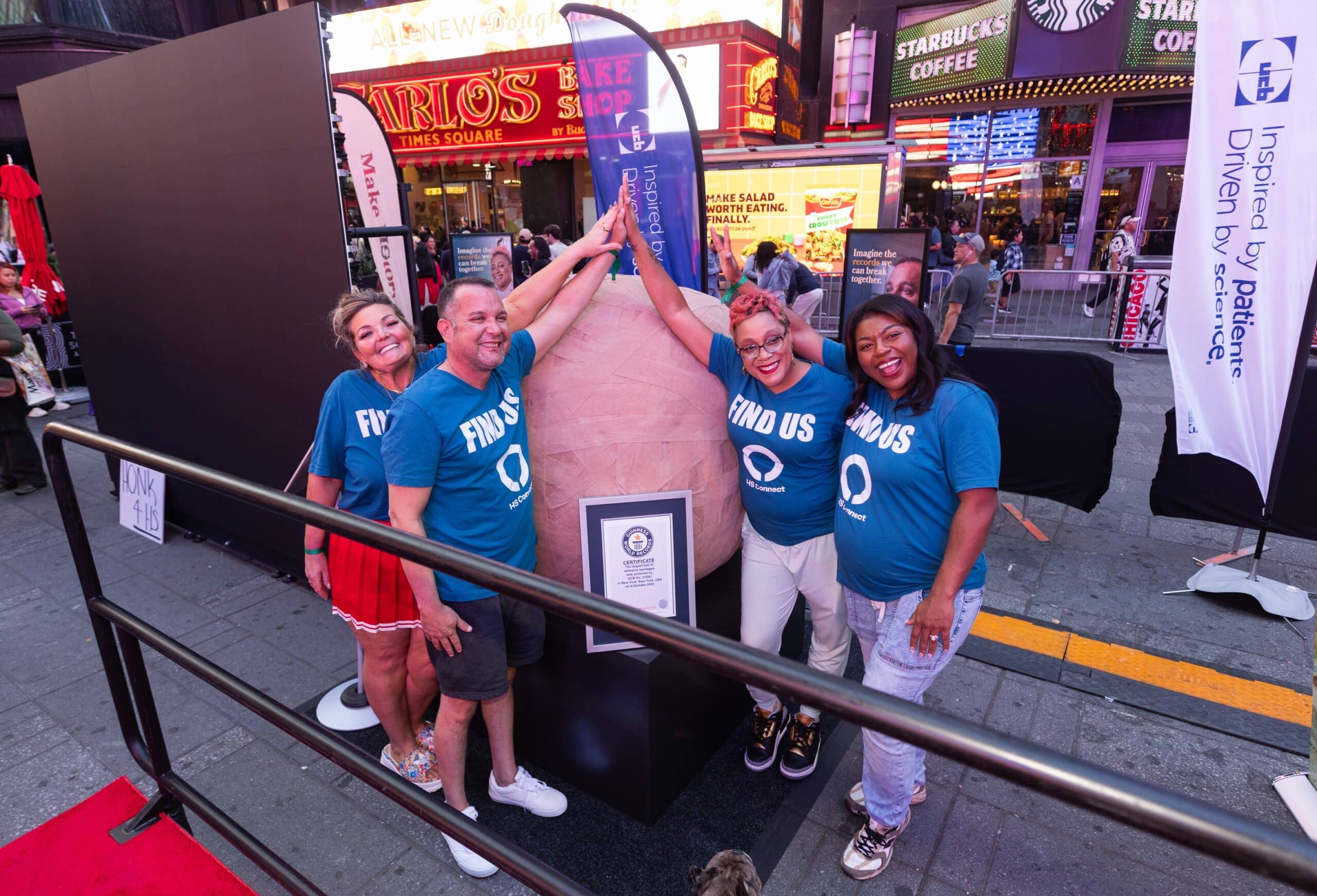
What’s Next: The Empowered HS Goddess Foundation
Leia’s commitment to advocacy is only growing. Now in remission, she has founded her own organization—the Empowered HS Goddess Foundation—to provide tools and resources that help other women find the confidence and empowerment she has discovered.
Her work will focus on creating retreats, healing kits, and addressing difficult-to-discuss topics like intimacy and dating with HS. She aims to build a safe space for women to connect, move their bodies through somatic yoga, and remember that they are not alone.
“I want to show other people how I got here. I didn’t get here alone. I didn’t get here without work, and so I want to be able to build other women up in the same ways that I’ve been built up, and in the same ways I know that they can flourish. I spoke to a young lady about that this weekend. A lot of it was inner work,” Leia concludes.
If you would like to stay connected with Leia’s journey and the work of her new foundation, visit Empowered HS Goddess Foundation and follow her on Instagram and TikTok.

